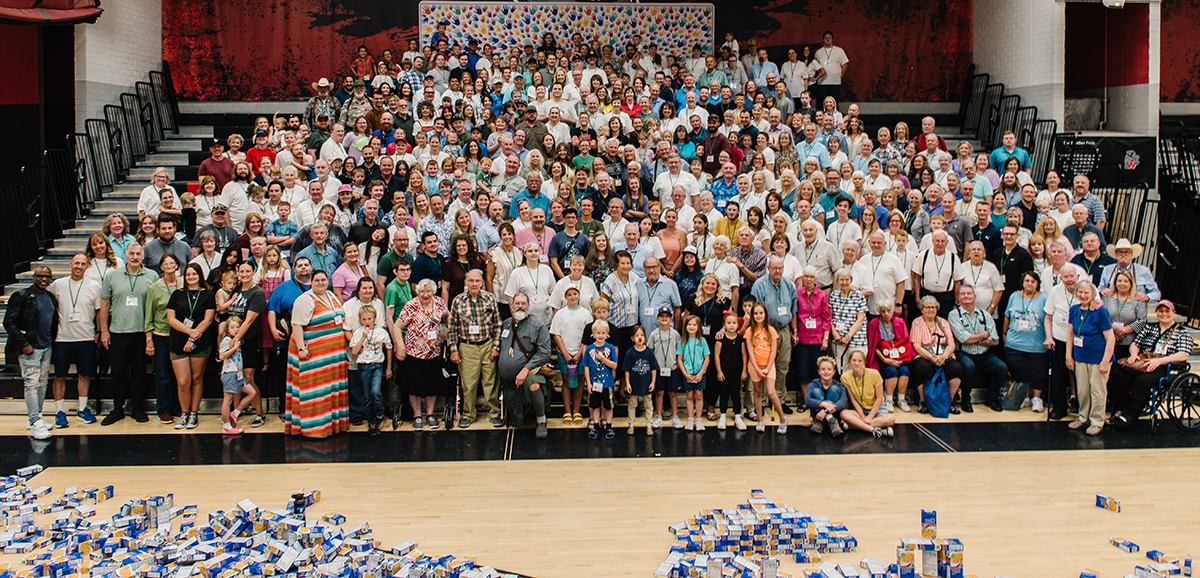Lucy Mack Smith bore 11 children, eight sons and three daughters. Two sons died in infancy, six of her sons lived to adulthood, but only one, William, lived to old age.
William was born at Royalton, Vermont, on March 13, 1811, making him more than five years younger than Joseph Smith. Interestingly, his mother, Lucy Mack Smith, also bore sons on March 13, 1808, and March 13, 1810, one year before William.
After the Smiths left Manchester, New York, William lived at Kingdom, New York, near Waterloo, New York. He then, for the most part, moved from place to place with the body of the members of The Church of Jesus Christ of Latter-day Saints. He served missions, participated in the School of the Prophets and served as an apostle and patriarch to the Church.
He was excommunicated from the church in 1845. Because of his volatile temper, excommunication and association with the Strangite movement, many have come to view William in a mostly negative light. In a summary of his biography on William Smith, Kyle Walker points out that Saints who went west tended to brand “him an apostate, and any mention of his name in LDS Church history decried his rebelliousness and insubordination. For that reason, most of his contributions to the building up the early Church have been lost to the reader†(see Walker’s “Joseph Smith’s Challenging Brother,” Meridian Magazine, Oct. 14, 2015). For the first time, Walker’s biography provides a more complete view of the life of this complex individual.
Osterdock, in Clayton County, Iowa, is a small village in the northeastern quadrant of the state. Except for one reason, its history would be of no particular interest to students of Latter-day Saint history: It is the burial site of William Smith, brother of the Prophet.

